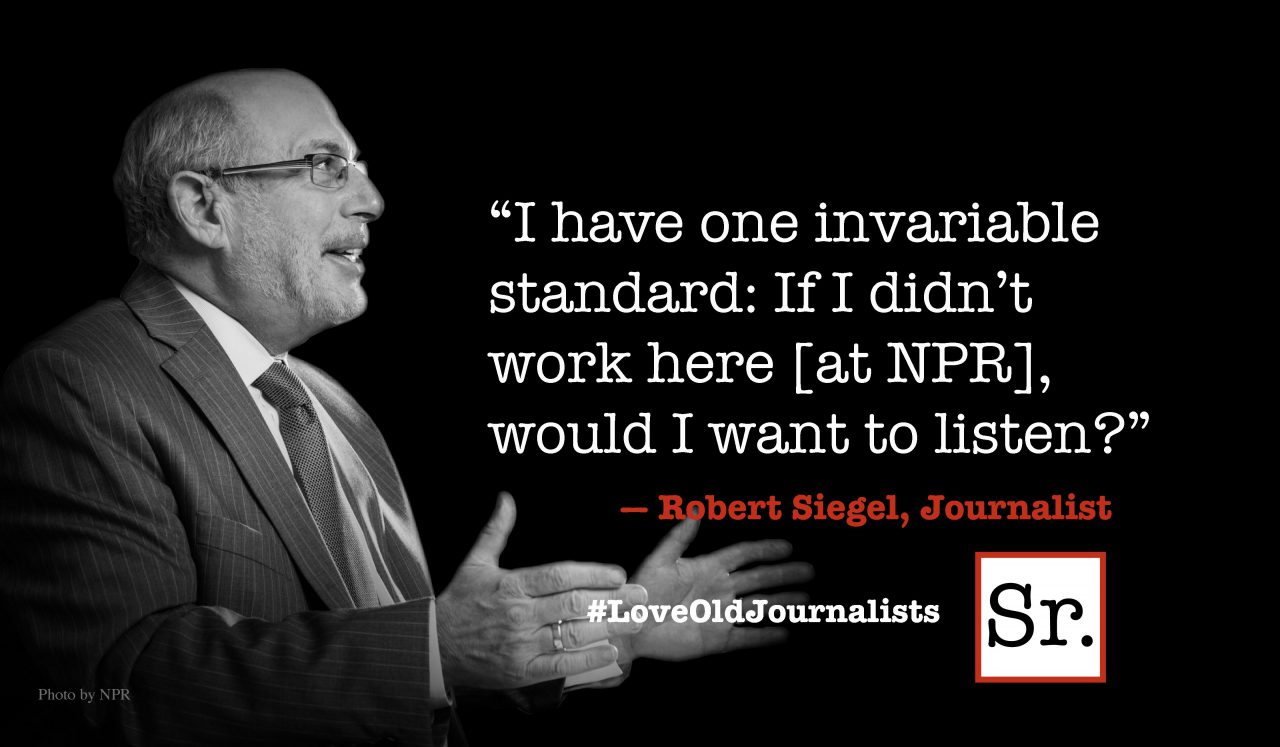What people often miss in following the actions of government as reported in the media is the banality of life in Washington. Behind the scenes Congress plods along, its real workings mostly hidden from view.
Thanks to the Institute of Southern Studies, we have a crisp civics lesson in what really goes on in the form of a detailed account of how Congress, working as so often it does, with lobbyists in tow, set about delaying reforms that would protect the public from the carcinogens leaking out from the chemical formaldehyde.
Take a minute or so to read this. You’ll see just how our democratic government actually works:
- 6/10/2011: Date on which the Department of Health and Human Services released a report classifying formaldehyde — a chemical used in the manufacture of consumer goods including carpeting, plywood, personal care products and pharmaceuticals — as “a known carcinogen”
- 1989: Year in which the Environmental Protection Agency first assessed the health risks of formaldehyde
- 1998: Year in which the agency first tried to update that assessment, only to be repeatedly stalled by industry and its allies in Congress
- 2004: Year in which Sen. James Inhofe (R-Okla.) pressed the EPA to delay the revised assessment, despite preliminary findings from a National Cancer Institute (NCI) study linking formaldehyde to leukemia.
- Amount in campaign contributions Inhofe received that same year from Koch Industries, a major chemical manufacturer: $6,000
- Number of pulp mills that Koch bought that same year from Georgia-Pacific, a leading formaldehyde producer and plywood manufacturer: 2
- 2005: Year in which Koch bought all of Georgia-Pacific
- 2006: Year in which the International Agency for Research on Cancer (IARC) classified formaldehyde as a known carcinogen
- 2009: Year in which the NCI released a study linking formaldehyde exposure to cancers of the blood and lymphatic system
- Increased risk of leukemia for workers exposed to high amounts of formaldehyde, according to the NCI study: 78%
- Increased risk of death from blood cancers for highly exposed workers: 37%
- 2009: Year in which both the IARC and National Toxicology Program concluded that formaldehyde exposure is linked to leukemia
- 2009: Year in which Sen. David Vitter (R-La.) successfully delayed the formaldehyde assessment by placing a hold on the nomination of a key EPA appointee to force the agency to send its draft assessment to the National Academy of Sciences for review
- Average cost of an NAS review: $800,000 to $1,000,000
- Amount that Formaldehyde Council lobbyist Charles Grizzle personally donated to Vitter’s campaign the same day he placed the hold on the EPA nomination: $2,400
- The suggested donation to attend a fundraising party thrown for Vitter by Grizzle after EPA agreed to send its assessment to the NAS: $1,000
- Amount that Vitter’s campaign received in 2009 from companies that produce large amounts of formaldehyde waste in Louisiana: about $20,500
- Amount Vitter’s campaign received that same year from companies with interests in formaldehyde regulation: about $40,000
- Rank of Monsanto’s plant in Luling, La. among top U.S. emitters of formaldehyde pollution in 2009: 1
- Rank of Angus Chemical’s plant in La. among top U.S. emitters of formaldehyde pollution in 2009: 2
- 4/8/2011: Date on which the NAS released its formaldehyde review, finding that the chemical irritates the eyes, nose and throat and causes respiratory lesions and cancer of the nose and upper throat — but not leukemia:
- Amount the federal government spent to purchase trailers for for Hurricane Katrina and Rita victims that were later found to have dangerously high levels of formaldehyde: $2 billion
- Percent of the 134,000 FEMA trailers provided to Katrina and Rita victims estimated by the federal government to have formaldehyde problems: 33
- 6/3/2011: Date on which Rep. Cedric Richmond (D-La.) introduced legislation to create a health registry of people who were provided with FEMA trailers between 2005 and 2009
- 2010: Year in which President Obama signed a law establishing the first national standards for formaldehyde in composite wood products such as plywood and particle board
- 2013: Year by which the U.S. will have the most stringent standards for formaldehyde emissions in the work
This is a lesson in how government really works: not by mandating or reversing laws, but through the endless "behind closed door" dealing, so often fending off change for the better — in this case for more than 20 years. We saw it in air pollution regulations where Robert Byrd (coal) and John Dingel (auto) succeeded for years in delaying the acceptance of emission controls. We saw it just recently in the credit card legislation, which in the name of reform, ended up raising rates for many people. And we saw it in health care where the insurance and pharmaceutical industries successfully fended off any serious reform. This is the Republic in action.








